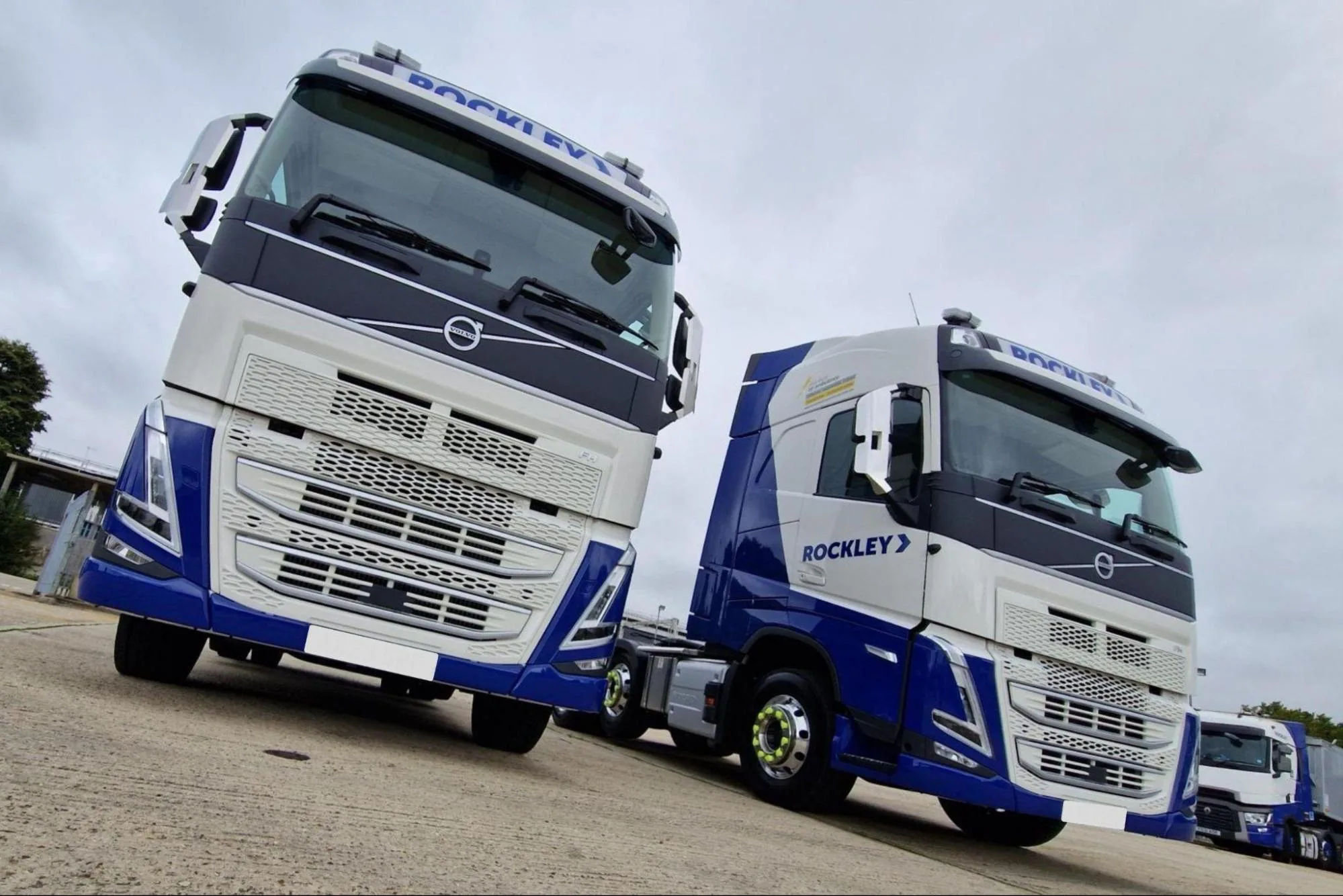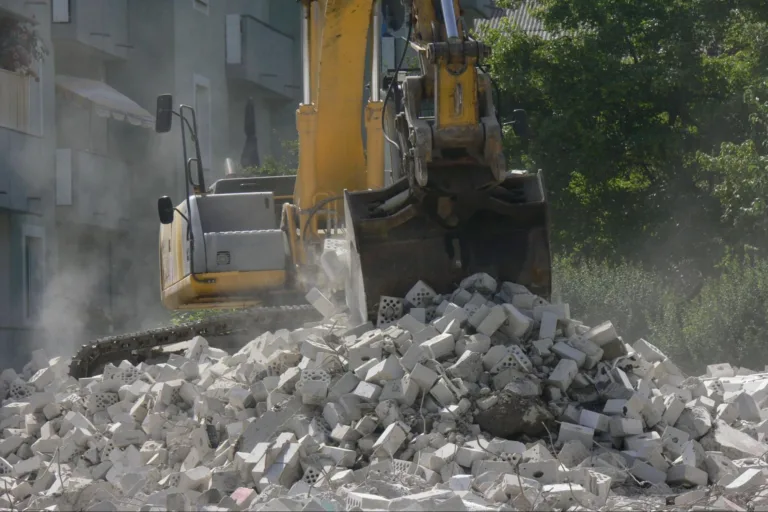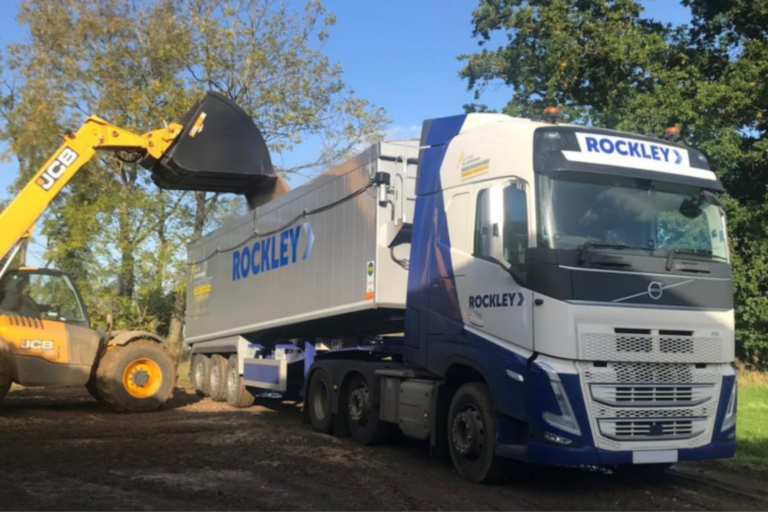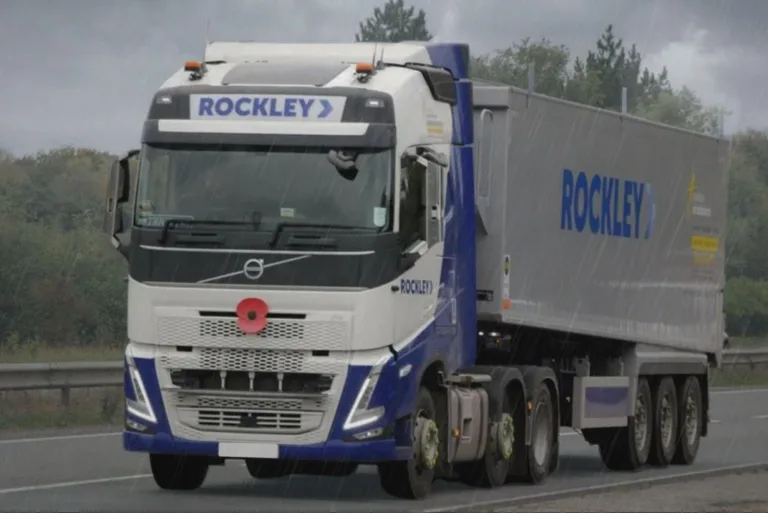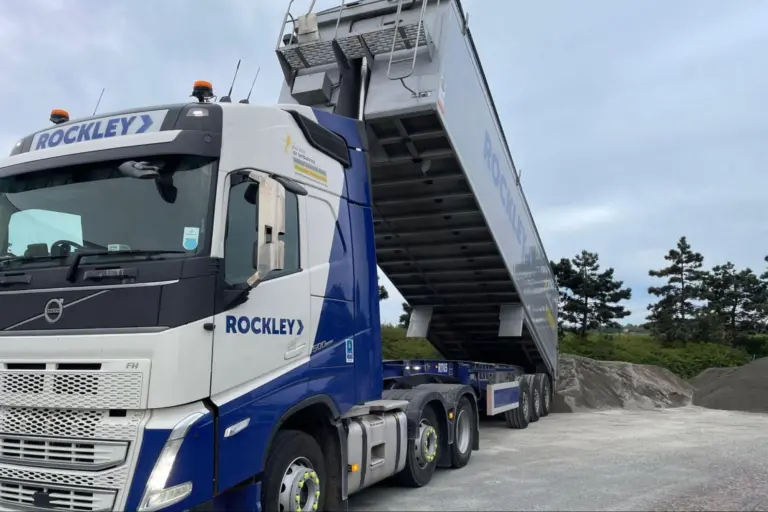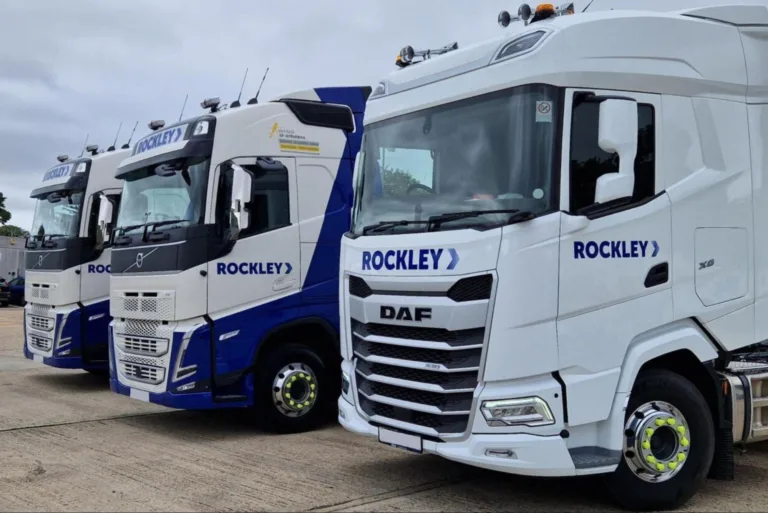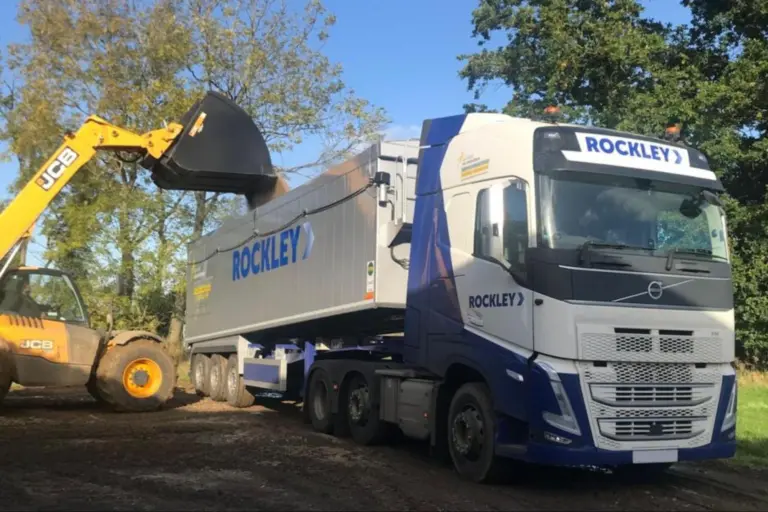The Role of Heavy Haulage in Supporting Major Infrastructure Projects
From towering wind turbines to colossal bridge beams, the success of modern infrastructure projects often depends on heavy haulage.
Behind every new motorway, rail upgrade, or renewable energy installation lies the complex task of transporting oversized, overweight, and often delicate components that standard logistics simply cannot handle.
Without them, progress on critical developments, whether highways, energy grids, or large-scale construction, would grind to a halt.
Therefore, we’ll unveil the vital role of heavy haulage for infrastructure projects, highlighting not just the logistics but also the innovation and expertise that make these incredible moves possible. Let’s get into it from scratch!
What Is Heavy Haulage?
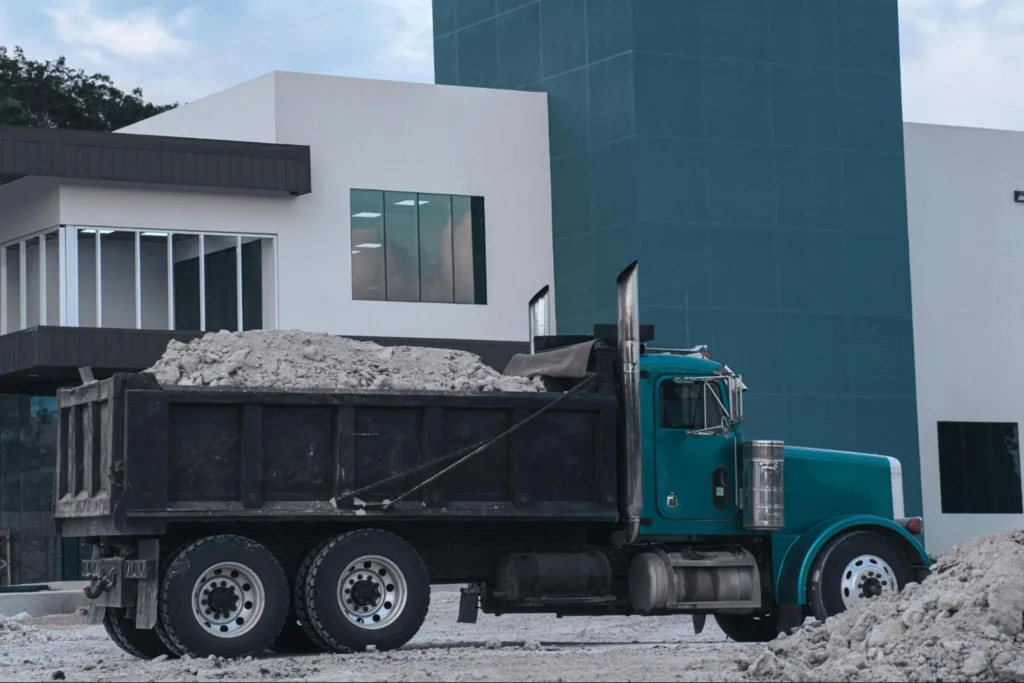
Heavy haulage refers to the specialised transport of loads that are too large, too heavy, or too complex to be moved using standard vehicles and equipment.
These include oversized or overweight items such as bridge beams, wind turbine blades, industrial machinery, transformers, and other large-scale infrastructure components.
Unlike conventional haulage, which deals with regular freight, heavy haulage requires tailored solutions, advanced equipment, and meticulous planning.
Transporting an abnormal load often involves navigating narrow roads, height restrictions, bridges with weight limits, and urban areas that require special permissions.
Specialised vehicles such as multi-axle trailers, extendable flatbeds, and self-propelled modular transporters (SPMTs) are commonly used in heavy haulage.
Skilled drivers and logistics teams are equally essential, as moving such cargo demands precision, expertise, and a deep understanding of both engineering and road safety.
Why Heavy Haulage For Infrastructure Projects Is Essential?
Major infrastructure projects are built on massive components that cannot be delivered by ordinary transport. This is where heavy haulage proves indispensable.
- Transporting Oversized Components With Precision
Heavy haulage enables the safe movement of enormous loads such as bridge beams, tunnel-boring machines, cranes, and prefabricated structures that are critical to modern construction projects.
- Powering The Energy Sector
From wind farms to hydroelectric plants, the renewable energy industry relies on heavy haulage to deliver turbines, generators, and other heavy-duty equipment essential for sustainable power generation.
- Supporting Rail And Road Development
Rail tracks, concrete beams, and signalling equipment for railways, as well as girders and sections for highways, reach project sites through specialised haulage operations.
- Keeping Projects On Schedule
Infrastructure projects run on strict deadlines, and heavy haulage ensures materials and machinery arrive on time, preventing costly delays in construction and assembly.
- Reducing On-Site Storage Needs
With just-in-time delivery strategies, heavy haulage minimises the need for bulk storage at project sites, improving efficiency and reducing clutter.
- Enabling National Growth And Connectivity
By facilitating the transportation of critical materials over long distances, heavy haulage enables projects that drive economic development, connectivity, and modernisation.
What Are the Functions Of Heavy Haulage Providers?
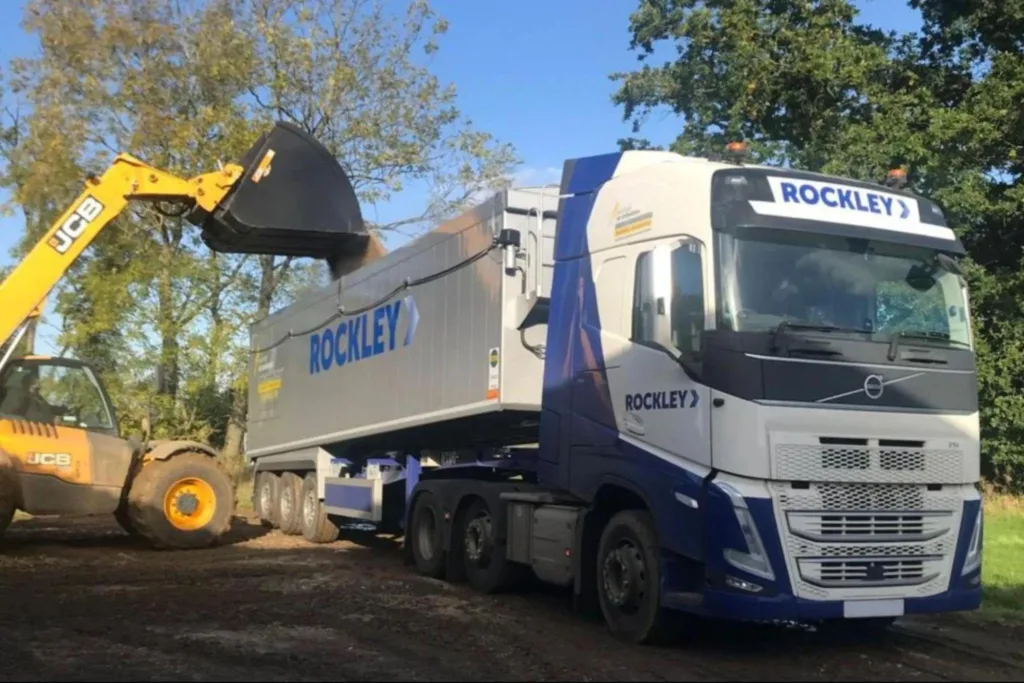
Behind every massive infrastructure project is a heavy haulage provider working quietly but powerfully to keep things moving.
Here are the 7 key functions they perform:
- Comprehensive Route Planning And Surveys
Before a single load moves, haulage providers conduct detailed route assessments.
It includes analysing road widths, bridge weight limits, overhead obstructions, and traffic conditions.
They often use digital mapping tools and trial runs to design the safest, most efficient path for abnormal loads.
- Regulatory Compliance And Permitting
Oversized and overweight cargo cannot hit the road without proper authorisations.
Infrastructure or construction heavy haulage providers secure special permits, arrange for police escorts, and liaise with local councils and agencies to ensure every journey complies with legal and safety regulations.
- Specialised Equipment Provision
Heavy haulage companies operate fleets of highly specialised vehicles such as extendable trailers, low-loaders, multi-axle transporters, and self-propelled modular transporters (SPMTs).
These machines are engineered to handle extraordinary weight and dimensions while ensuring stability throughout the journey.
- Load Securing And Handling Expertise
Transporting abnormal loads isn’t just about moving them; it’s about moving them safely.
Providers bring in expert teams who know how to secure, balance, and monitor cargo so that even the most fragile or awkwardly shaped structures arrive intact.
- Just-in-Time Delivery Coordination
Infrastructure projects run on strict timelines.
Heavy haulage for construction and infrastructure providers synchronise deliveries with construction schedules, ensuring components like bridge segments or turbines arrive exactly when needed, avoiding site congestion and unnecessary storage costs.
- Risk Assessment And Safety Management
Every project carries risks, whether delays, road closures, or unexpected technical issues.
Providers mitigate these with contingency planning, safety checks, and trained crews who can adapt quickly to challenges. This proactive approach minimises delays and protects both cargo and personnel.
- Stakeholder Communication And Collaboration
From local authorities to construction managers, heavy haulage providers act as a bridge between multiple stakeholders.
Their ability to coordinate seamlessly ensures smooth operations without miscommunication or disruption.
Case Studies & Illustrative Examples
Heavy haulage is at the core of some of the UK’s most complex and ambitious infrastructure projects.
One prominent illustration is the transportation of wind turbine blades to onshore and offshore wind farms.
With individual blades often exceeding 70 metres in length, their delivery demands extendable trailers, specialist drivers, and carefully engineered routes capable of navigating rural roads and tight bends.
Local authority coordination is often essential, with temporary road closures and traffic management measures put in place.
These operations have been critical in advancing the UK’s renewable energy ambitions, particularly across Scotland and coastal regions where wind energy potential is highest.
Similarly, the construction of major transport infrastructure, such as the Mersey Gateway Bridge and the HS2 rail project, has relied heavily on abnormal load transport.
Prefabricated bridge beams and concrete segments weighing several hundred tonnes are routinely moved using multi-axle low loaders and, in certain stages, self-propelled modular transporters (SPMTs).
These highly controlled operations ensure that components arrive safely and are positioned precisely, keeping multi-billion-pound projects on schedule.
Frequently Asked Questions (FAQs)

- What is the difference between logistics and haulage?
Haulage refers specifically to the physical transportation of goods, materials, or oversized loads from one location to another, most often by road.
Logistics, on the other hand, is a broader discipline that encompasses the entire supply chain process, including planning, scheduling, storage, inventory management, and distribution.
- How many types of haulage are there?
Haulage can be broadly divided into two main categories: general haulage and specialist haulage.
General haulage covers the transport of everyday goods and cargo that fit within standard weight and size limits.
Moreover, specialist haulage includes heavy haulage, bulk tipping, refrigerated transport, and hazardous material handling.
Within these categories, there are further subdivisions tailored to industries such as construction, agriculture, retail, and energy.
- How are environmental concerns addressed by the haulage industry?
The haulage industry is actively addressing environmental concerns through the adoption of cleaner fuels, more efficient engines, and advanced route optimisation technology.
Many providers are investing in alternatives such as Hydrotreated Vegetable Oil (HVO), biodiesel, and, in the long term, hydrogen-powered vehicles to reduce carbon emissions.
Additionally, the industry is focusing on reducing empty return trips, improving load consolidation, and upgrading fleets to meet Euro 6 emission standards.
Conclusion
Heavy haulage is far more than a support service; it is the backbone of major infrastructure projects across the UK.
Without the precision, planning, and technical expertise of heavy haulage providers, many of the UK’s most ambitious energy, transport, and construction projects would simply not be possible.
At Rockley Transport, we pride ourselves on being part of that journey. With our specialist fleet, proven expertise, and commitment to safety and precision, we don’t just deliver loads, we provide confidence to every project we support.
